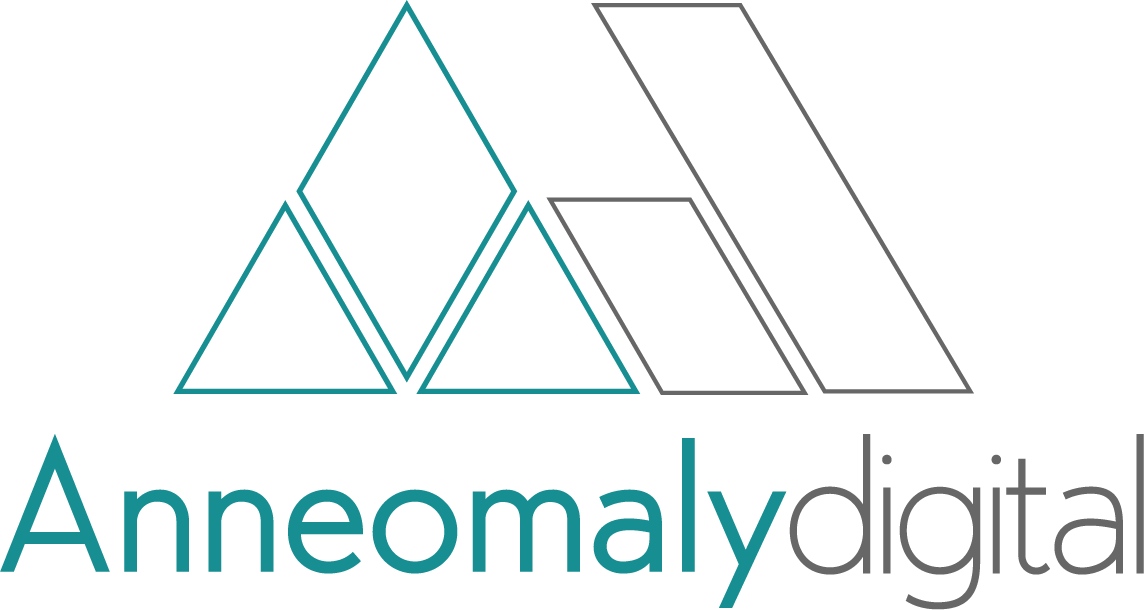Beginner’s guide to getting started with Pinterest!
Who’s your demographic? If it’s women, 30+, who live in the suburbs, then Pinterest deserves some consideration in your marketing plan. While men are gradually coming on board, 90% of Pinterest’s users are women (as of February 2020). With Pinterest’s highly visual content, it makes sense that social media users are attracted to its quick hit, visually stimulating content. Pinterest has the potential to exponentially build your followers. Imagine that 5 people pin your latest photo that links to your blog, then 5 of her friends pin it to their board, and so on and so on. It’s a great way to get your content flying through cyberspace from one home to the next.
Like most good media strategies, using Pinterest will:
Increase brand awareness
Bring more traffic to your website and content
It will help you to generate more followers
Increase leads, sales
Allows loyal customers to share the word
Pinterest Vocab:
A Board is like a folder of information on a particular topic. Your bulletin board growing up were probably filled with a hodgepodge of content. On Pinterest, imagine having 10 bulletin boards around your room and having each one contain categorized items, summer plans on one, recipes to try on another.
A Pin is an image that is linked to a website, blog, catalog of products, etc…
A Repin is when someone shares a Pinterest user’s pinned content. It’s like retweeting for all you Twitter users or a Share for Facebook users.
Getting Started
You have to use images. Make sure that your images are portrait style/long as opposed to wide. Crop your photos down to the key subject. Remove as much excess from the background as you can, it helps the subject of your image pop out.
Create a Pinterest Business Account. Complete all the information so that people can find you if they look including your location, website, etc… Verify your website so that you can have access to the free analytics that Pinterest provides.
You can create and share pins for free. Like Facebook, you can turn them into ads to increase circulation and exposure. Pinterest also has an analytics component that helps you to see how well your ads are doing.
Pinterest has an “academy” so that you can really become an expert before you leap in!
Set up your boards. You will likely just start with one board and continue to add to it as you get more comfortable and find you need to add different categories.
When you get really comfortable using the platform, you can consider adding Rich Pins if your business and content falls under the following categories: movies, recipes, articles, products, or a particular location like your spa. A rich pin is a pin within a pin that adds a direct content on Pinterest rather than requiring users to go directly to a site to get information; for example, the location of your business or the headline to your blog. To use Rich Pins requires some coding to your website or blog that will likely need to be done by your web developer.
Additional Tips
Your board(s) need to have titles that contain keywords so that users can find your business/product. If you have multiple boards, make sure they are categorized for ease.
Descriptions need to contain keywords, too. The description will help people to find your content as well, and if someone shares your pin via text, Instagram, Twitter, the description is what will pop-up, so it needs to precise and engaging. Add a link to your website’s homepage or blog to the description! Add hashtags to help your content spread far and wide.
You will add a source to your pins. The source of your pin needs to include a link to your website, so people can find you and your products!
Just like with other social media channels, it is good to share pins that are helpful to potential customers. If you are in the home repair industry, use a pin that shows a person changing a showerhead. Have the pin link to your site where you give the step-by-step instructions either in words or with a great video.
Increase your sharing potential by adding a pinning option to your website and blog. Images on your website and your blog should have a pinning option too so that you can get people sharing your content. Of course, share your boards and pins to all your other social media platforms to increase exposure and shares.
Like your other channels, it is a good idea to share on a consistent basis so that your brand gets a good amount of exposure, but not too much.
If the task of setting up and starting to use a new social media channel is overwhelming, it is a great idea to let someone, like Anneomaly Digital help you manage the growing pains, so you can focus on what you do best—run your business. If you want to have a go at it on your own, Pinterest Academy can also help you learn the ropes.
Happy Pinning!
